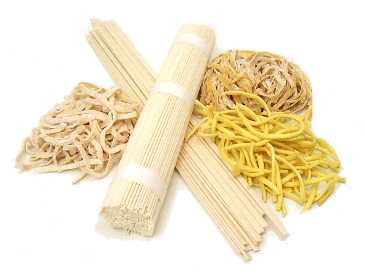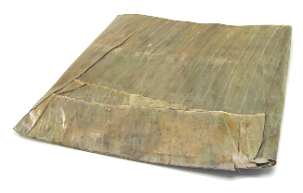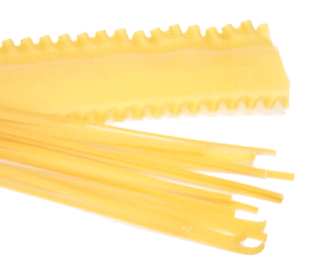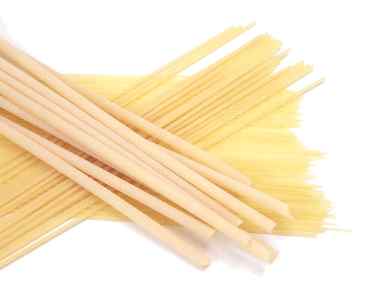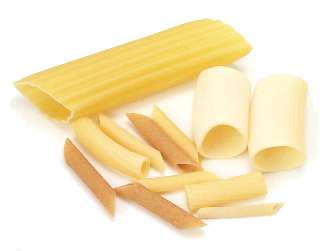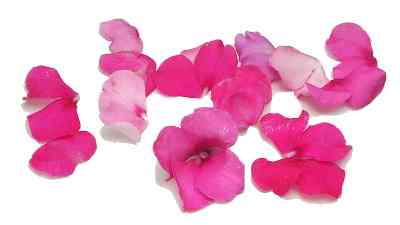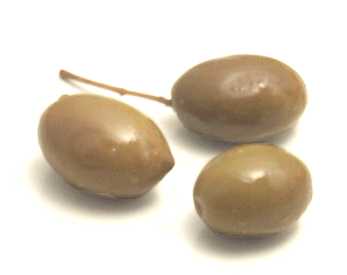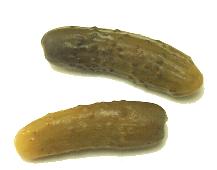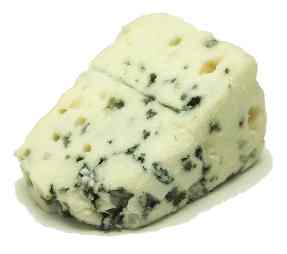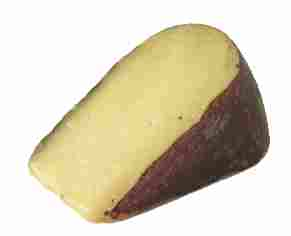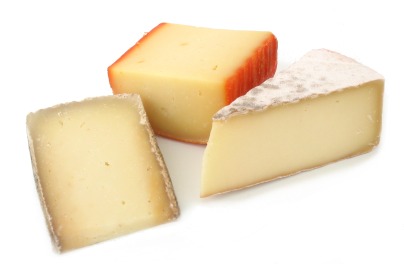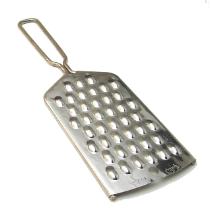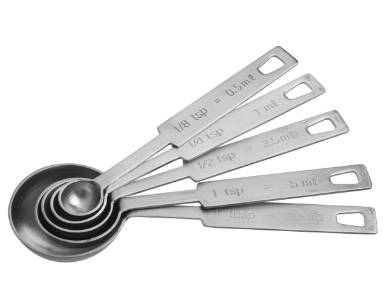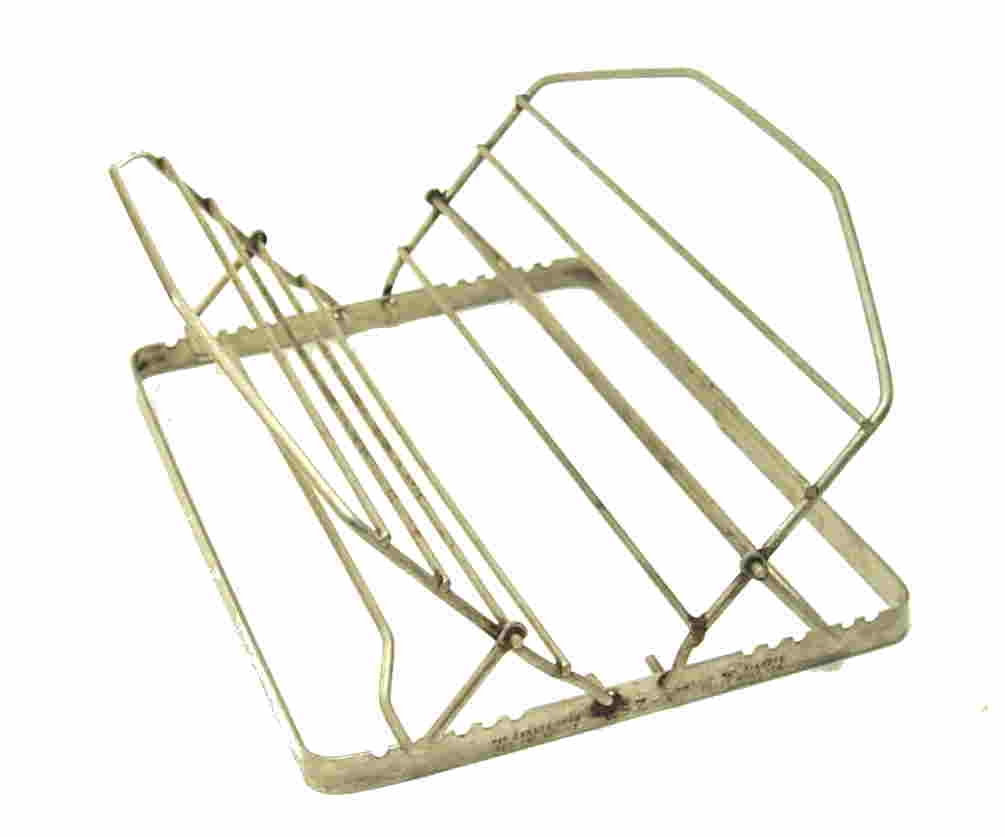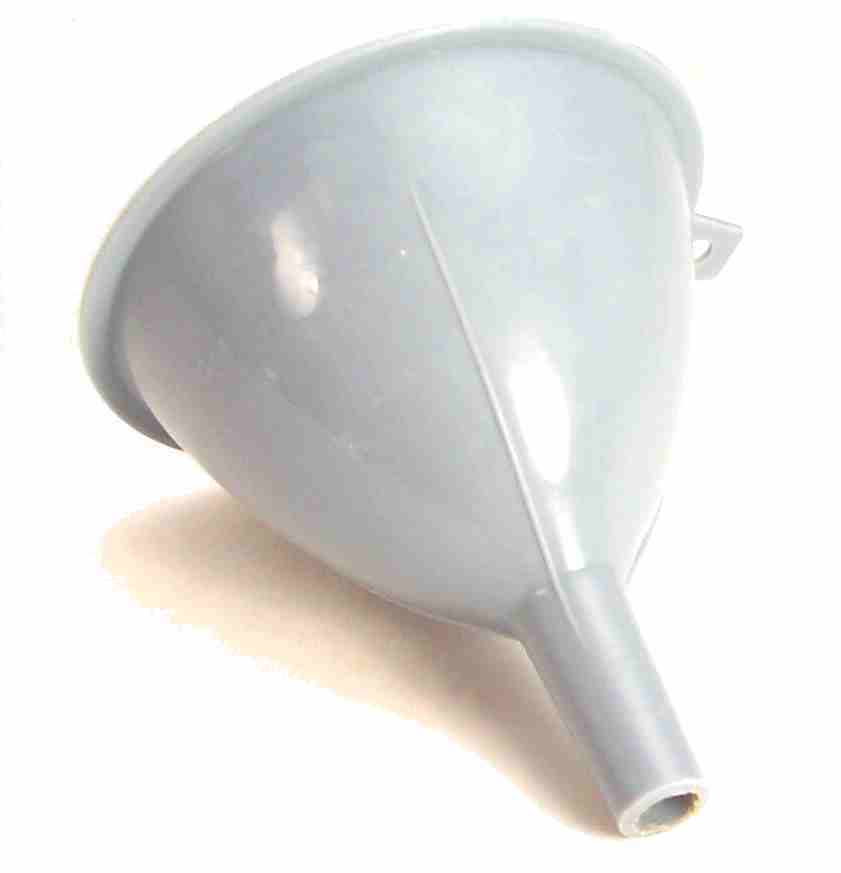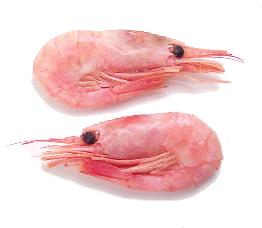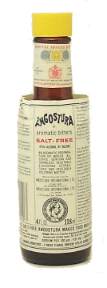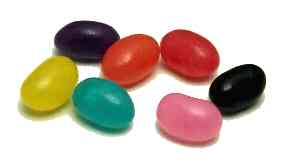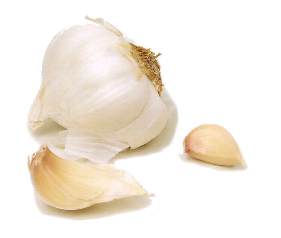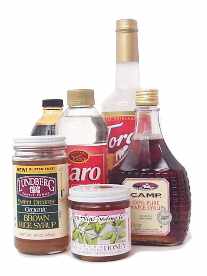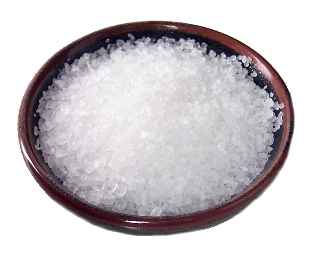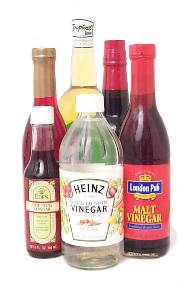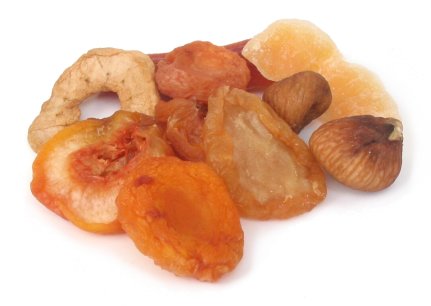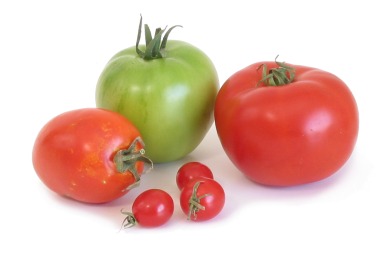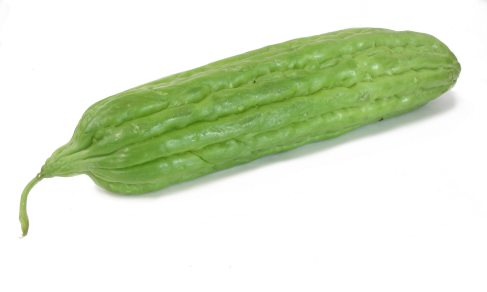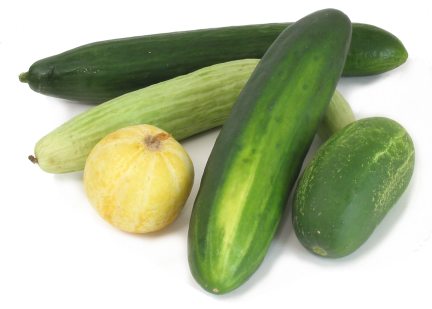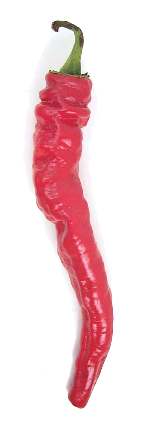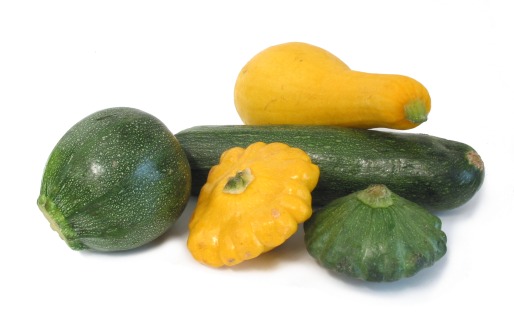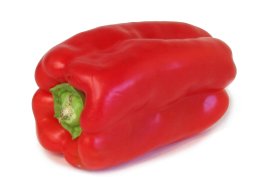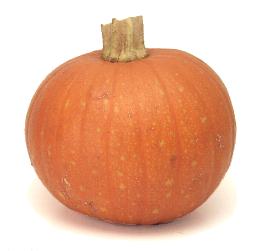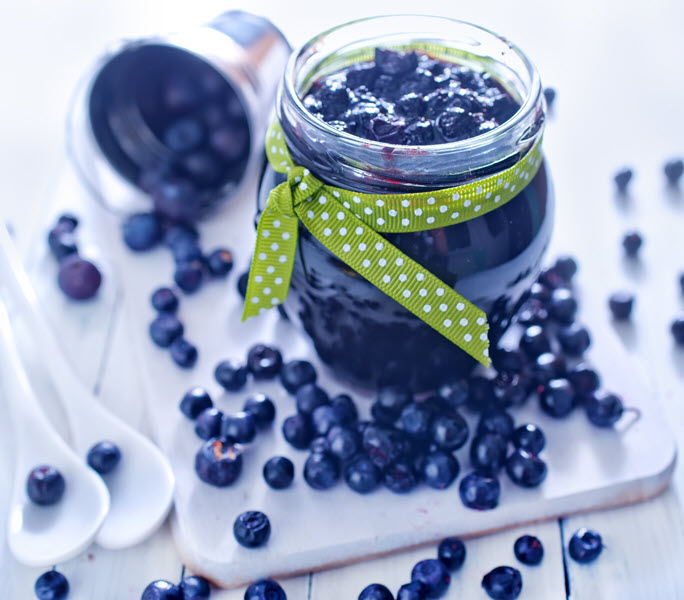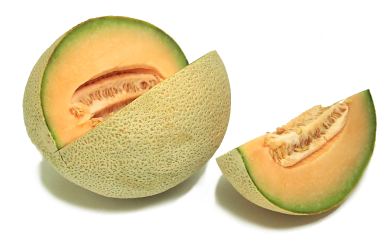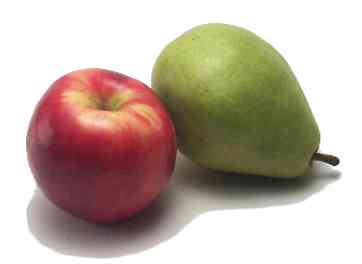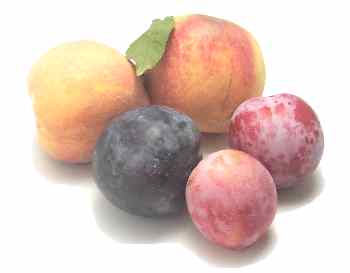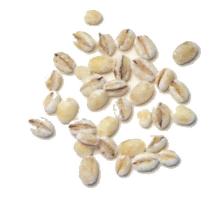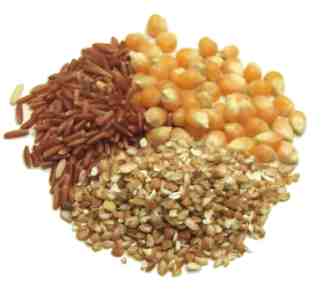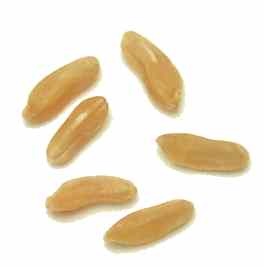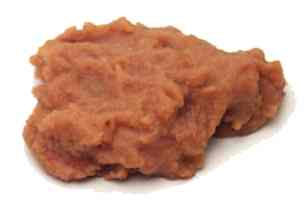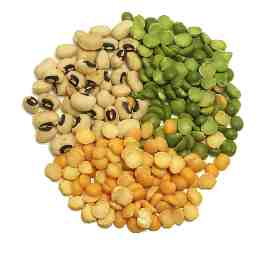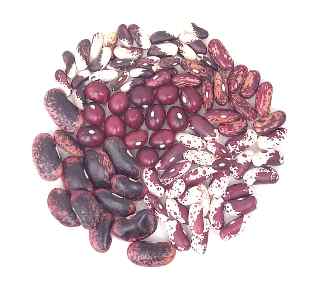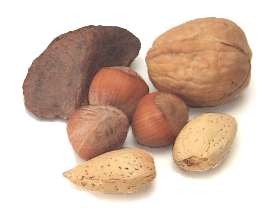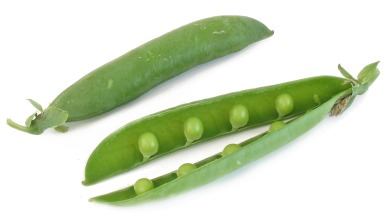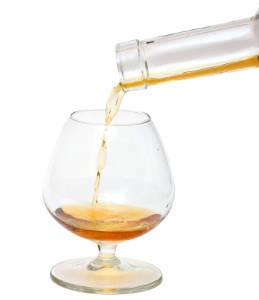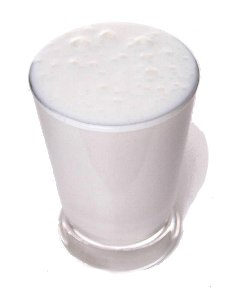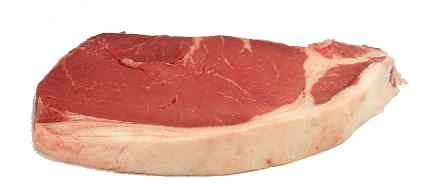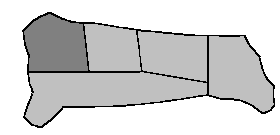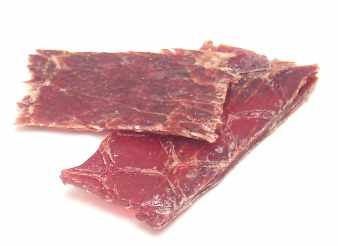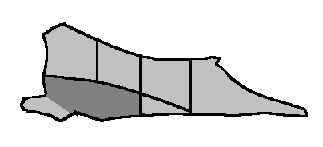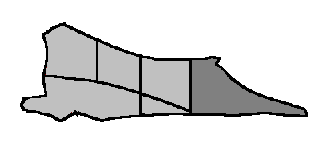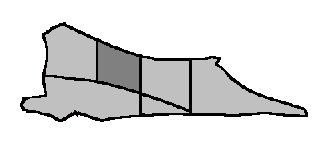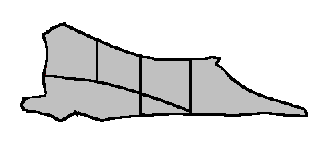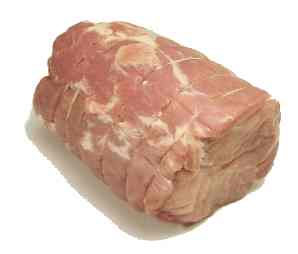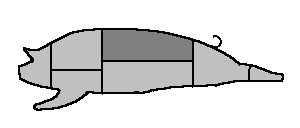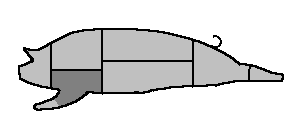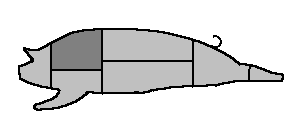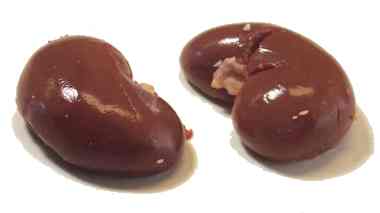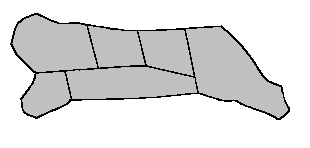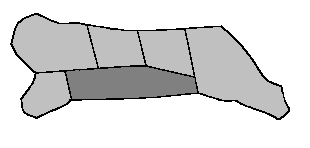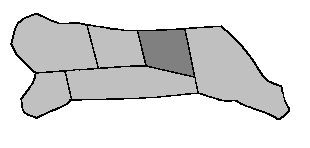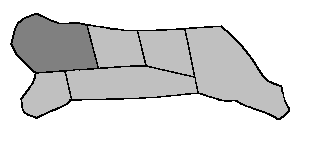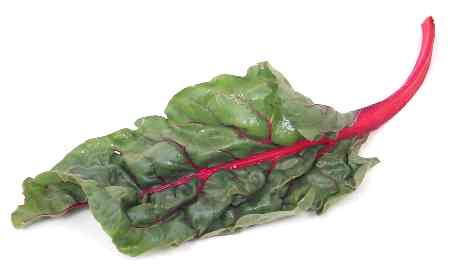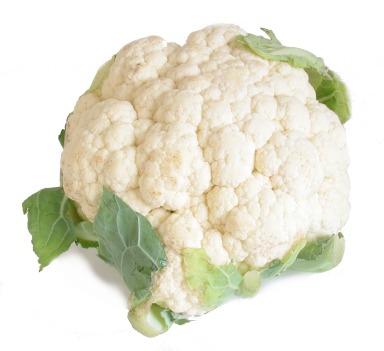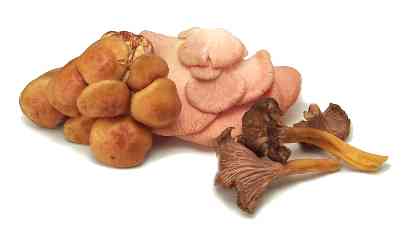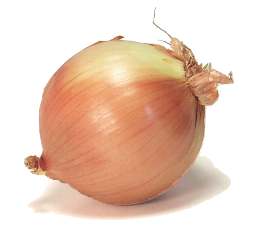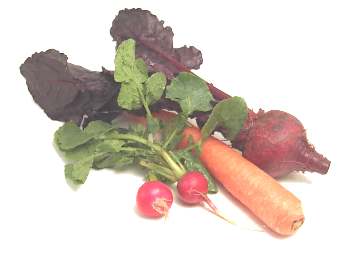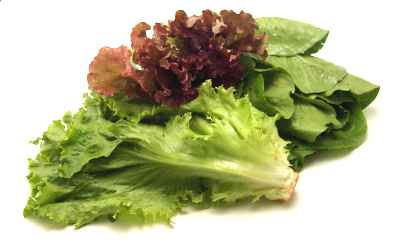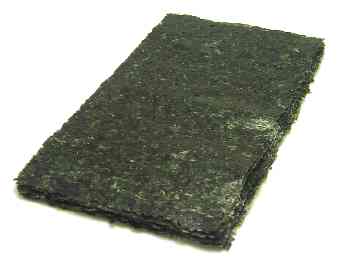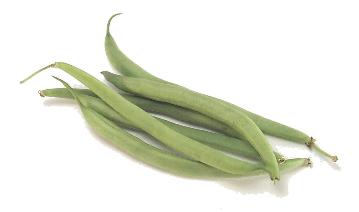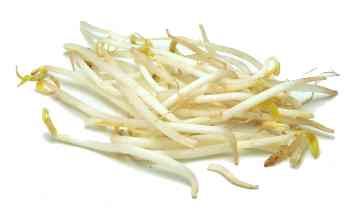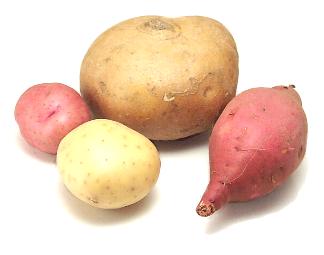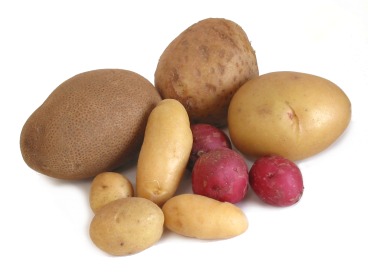Grain Products Category

Includes flour, noodles, and dough.
river rice noodles
These chewy rice noodles are popular in southern Vietnam, where they're often served with seafood. They're usually sold as fresh sheets, which are either left whole or sliced into various widths. Rinse them in warm water before using, then add them to stir-fries or soups, or use the sheets to wrap meat fillings before steaming them.
Learn morerotelle
Rotelle is an Italian pasta that's shaped like a wagon wheel, and it works well with chunky sauces or in pasta salads.
Learn morerotini
These pasta shapes look like short springs or corkscrews made from spaghetti. They cling to chunky or thick sauces, but they also work in pasta salads.
Learn moreroux
This is a thickener that's made from equal weights of flour and a fat, like butter or meat drippings. It's especially good for thickening rich, hearty stews and gravies. To make it, heat the fat in a pan, then gradually whisk in the flour. Cook the mixture, stirring constantly, for at least several minutes, then gradually whisk in the hot liquid you're trying to thicken. You must then cook the sauce for at least 30 minutes to prevent it from acquiring a grainy texture and a starchy, floury taste. Some cooks make large batches of roux, and store it in the refrigerator or freezer.
Learn morerye flour
includes medium rye flour and heartier dark rye flour. To see how to substitute other flours for wheat flours when making yeast breads, see the listing under all-purpose flour.
Learn moreSago starch
This flour is made from the inner pulp of the sago palm. It's often used to make pudding, but it can also serve as an all-purpose thickener. Look for it in Asian markets.
Learn moresahlab
This is made from orchid tubers and has a pleasant, flowery smell. Look for it in Middle Eastern markets.
Learn moresaimin
These noodles are so popular in Hawaii that a soup based on them has been served at McDonald's restaurants there. They're similar to ramen noodles, only they're made with eggs and not deep-fried.
Learn moresausage casings
These are traditionally made from intestines, but synthetic casings are now more common. You can order them online, or prevail upon a friendly neighborhood butcher.
Learn moreseitan
This is a vegetarian meat substitute that's rich in protein, low in fat, and chewy enough to pass for steak or chicken. It's made by mixing gluten flour or wheat flour with water, kneading it, washing away the starch with water, and then cooking the rubbery gluten that remains in a flavored broth. The seitan can then be sliced or shaped however you like and then fried, steamed, baked, or added to stews. Look for packages or tubs of it in the refrigerated sections of Asian markets and health food stores. You can also buy it in the form of meat-flavored sausage, salami, and deli cuts. Store seitan in the refrigerator for up to ten days, or for up to six months in the freezer.
Learn moreshirataki
These Japanese noodles are a form of konnyaku, a rubbery, gelatinous substance derived from devil's tongue yams. The noodles come in white or black versions; black is preferred for sukiyaki. Look for them in Japanese markets, either in cans or fresh in plastic bags in the refrigerated section. Drain and cook the noodles before using.
Learn moresoba
These chewy Japanese noodles are popular at soup counters in Tokyo. They're made with a blend of wheat and buckwheat flours, the more buckwheat the better. They're often sold fresh (called nama soba) in Japan, but foreigners usually have to settle for dried. Soba comes in different widths and flavors, including green cha soba = chasoba, which is flavored with green tea, and yamaimo soba, flavored with yams. Cook them for about 3 minutes.
Learn moresomen
These very thin Japanese wheat noodles are almost always served cold. There are different colors, including cha somen, which is colored with green tea, and tomago somen, which is flavored with egg yolks. Cook them for about 2 or 3 minutes.
Learn moresorghum flour
This is widely used in India and Africa, especially by poor farmers who can't afford wheat flour. It's somewhat bland but very nutritious and gluten-free. You can sometimes find it in health foods stores, but you can get it for less in an Indian market.
Learn moresoup pasta
As a rule, the thinner the soup, the smaller the pasta. For broths and light soups, select from a large assortment of tiny shapes. Larger shapes, like tubetti or ditali, are perfect for minestrone or other hearty soups.
Learn moresoy flour
To see how to substitute other flours for wheat flours when making yeast breads, see the listing under all-purpose flour.
Learn moresoya flour
To see how to substitute other flours for wheat flours when making yeast breads, see the listing under all-purpose flour.
Learn morespaetzle
Germans serve these small dumplings as a side dish, often alongside roasted meats. Spaetzle is often topped with butter, bread crumbs, or a sauce, or tossed with cheese and onions. Look for boxes of dried spaetzle in large supermarkets or gourmet shops.
Learn morespaghetti
The most popular pasta variety, spaghetti (Italian for "little strings") works best with light tomato or cream sauces. Don't use it in pasta salads.
Learn morespelt flour
Spelt flour contains gluten, but it's tolerated by many people with gluten allergies. If making bread with spelt flour, don't knead it for as long as you would a wheat bread--its gluten isn't as durable as that in wheat. Freeze any spelt flour that you're not planning to use right away.
Learn morespelt pasta
Spelt contains gluten, but it's tolerated by many people with gluten allergies.
Learn morespiralini
These are spring-shaped lengths of Italian pasta. They're good with chunky sauces, or in pasta salads. A larger version is called spirali.
Learn moreStarch thickeners
Notes: These silky powders are used to thicken sauces, gravies, pie fillings, and puddings. They're popular because they thicken without adding fat or much flavor. To avoid lumps, mix the starch with an equal amount of cold liquid until it forms a paste, then whisk it into the liquid you're trying to thicken. Once the thickener is added, cook it briefly to remove the starchy flavor. Don't overcook--liquids thickened with some starches will thin again if cooked too long or at too high a temperature. Cornstarch, arrowroot, and tapioca are the most popular starch thickeners. They have different strengths and weaknesses, so it's a good idea to stock all three in your pantry. Starch thickeners give food a transparent, glistening sheen, which looks nice in a pie filling, but a bit artificial in a gravy or sauce. If you want high gloss, choose tapioca or arrowroot. If you want low gloss, choose cornstarch. Cornstarch is the best choice for thickening dairy-based sauces. Arrowroot becomes slimy when mixed with milk products. Choose arrowroot if you're thickening an acidic liquid. Cornstarch loses potency when mixed with acids. Sauces made with cornstarch turn spongy when they're frozen. If you plan to freeze a dish, use tapioca starch or arrowroot as a thickener. Starch thickeners don't add much flavor to a dish, although they can impart a starchy flavor if they're undercooked. If you worried that your thickener will mask delicate flavors in your dish, choose arrowroot. It's the most neutral tasting of the starch thickeners. Tapioca starch thickens quickly, and at a relatively low temperature. It's a good choice if you want to correct a sauce just before serving it.
Learn morestelle
These small star shapes are a type of Italian soup pasta. A smaller version is called stellini.
Learn morestelline
These pasta shapes look like tiny stars. They cook quickly and are best used in soups.
Learn morestringozzi
An Umbrian specialty, this is a narrow ribbon pasta that's chewier and thicker than spaghetti.
Learn morestrozzapreti
The name means "priest strangler" in Italian, and it refers to a pasta shape that resembles a rolled towel.
Learn morestrudel dough
This is used by German and Austrian cooks to make strudels, delicate pastries filled with sweet or savory fillings. The dough is made up of many layers, each rolled into a tissue-thin, almost transparent sheet. German cooks make strudels with it by stretching the dough and wrapping it around a filling, and then baking it. It's hard to find, but your best bet is a German market.
Learn morestuffed pasta
These are fresh pasta sheets that are stuffed with a filling and then folded into whimsical shapes. In the past, they were just a fancy way to recycle leftovers, but cooks now stuff them with more elegant fillings, like cheeses, veal, sweet potatoes, wild mushrooms, lobster, and pheasant. After they're cooked, they're often served with a light sauce, or in a broth or pasta salad. They freeze well, and are great to keep on hand for quick and easy meals. If you're cooking frozen stuffed pasta, allow two or three additional minutes for it to cook.
Learn moresui kow wrappers
These are similar to potsticker wrappers, but they're intended to be used in soups. While assembling the dumplings, keep the stack of wrappers moist by covering them with a damp towel. Seal the dumplings with a "glue" made with cornstarch and water. Look for stacks of these wrappers in the refrigerator cases of Asian markets. Store them in the refrigerator or freezer, but let them come to room temperature before using.
Learn moresweet rice flour
This thickener has the virtue of remaining stable when frozen. It's often used to make Asian desserts. Don't confuse sweet rice flour with ordinary rice flour. Look for it in Asian markets.
Learn moretagliatelle
These long ribbons of pasta are very similar to fettuccine. They go well with a hearty meat sauce.
Learn more
